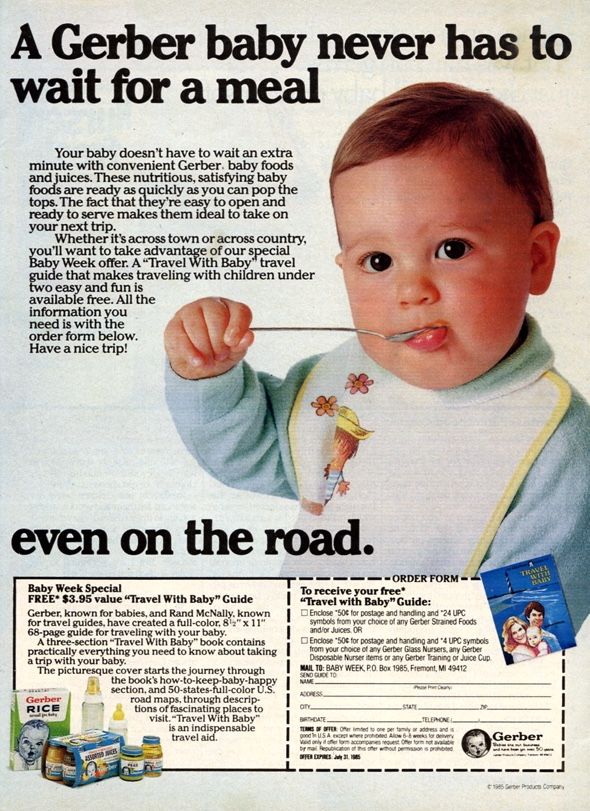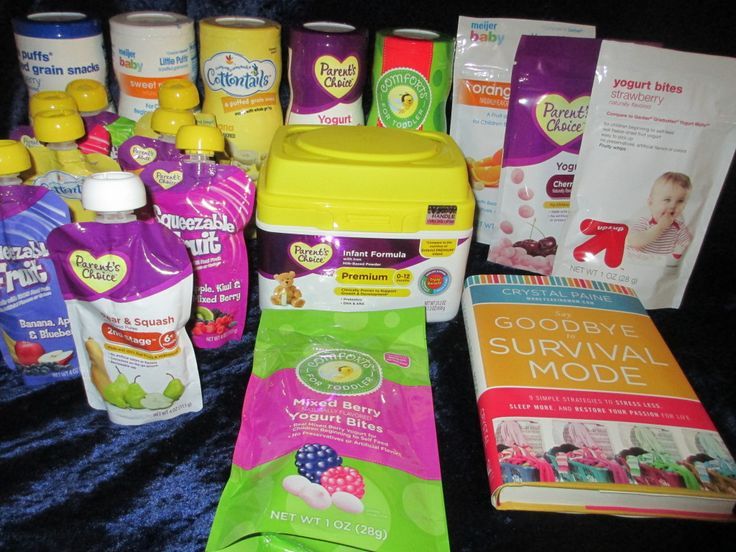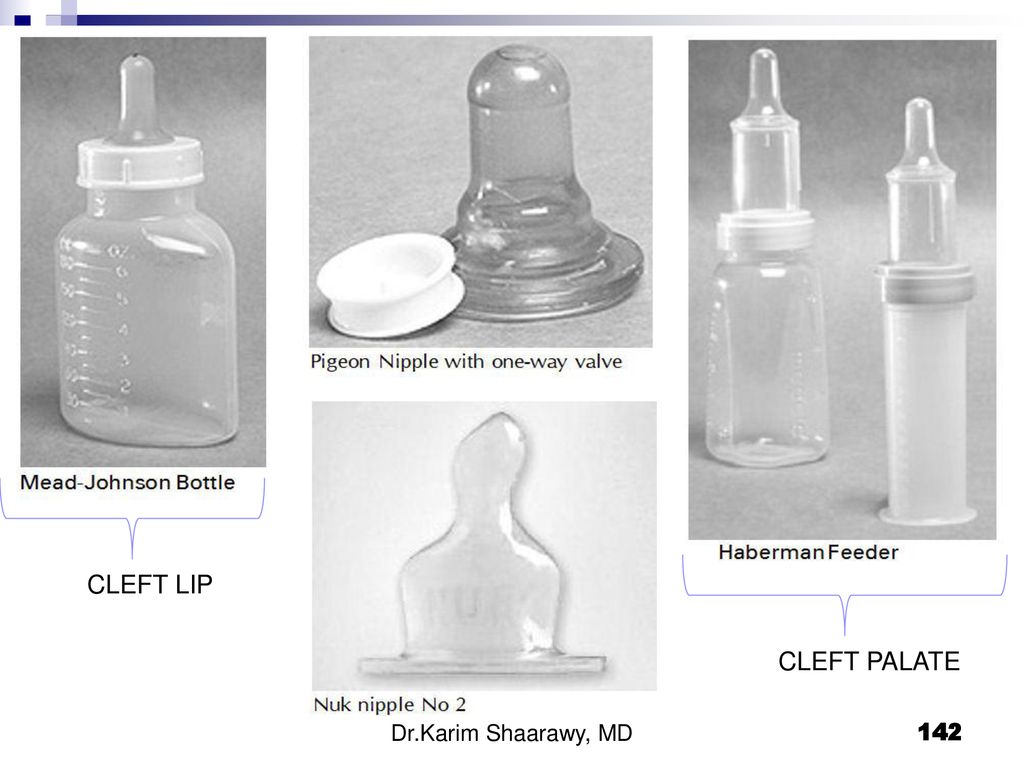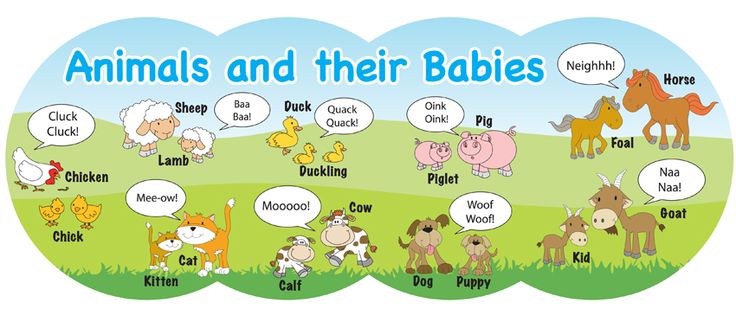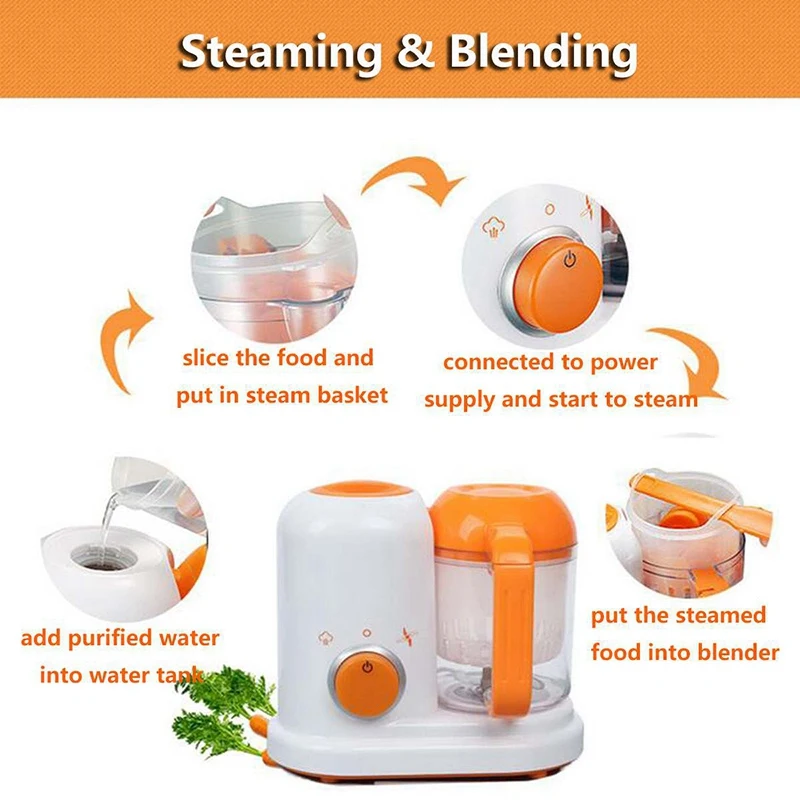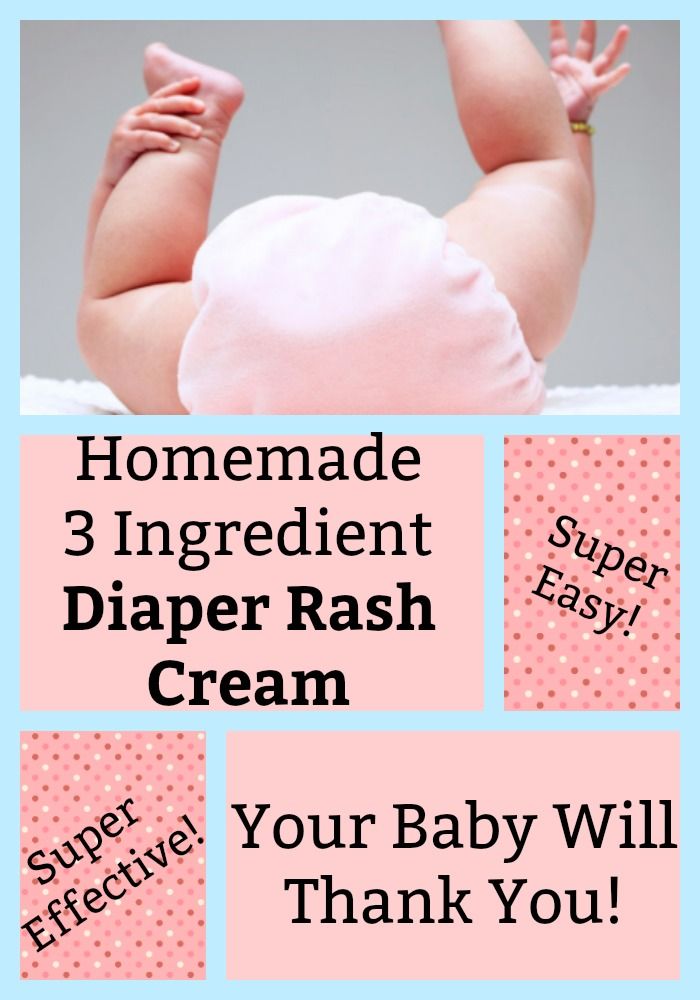Gerber food guide for babies
Baby's first foods: How to introduce solids to your baby
Babies are typically ready to start solids between 4 and 6 months, as long as they're showing signs of readiness, such as being able to sit upright with good head control. Talk to your baby's doctor about which foods to introduce first, particularly if you're concerned about a risk for an allergy. In general, infant cereal and pureed, one-ingredient veggies, fruits, and meats are great first foods. Try spoon-feeding or baby-led weaning, and keep up the breast milk or formula until your baby's first birthday.
When do babies start eating baby food?
It depends. As long as your baby shows signs of readiness, your pediatrician will probably give you the go-ahead to start baby food (also called solid food or solids) any time between 4 and 6 months.
Until then, breast milk or formula provides all the calories and nourishment your baby needs. Infants don't yet have the physical skills to swallow solid foods safely, and their digestive system isn't ready for solids until they're at least 4 months old.
The American Academy of Pediatrics (AAP) and World Health Organization (WHO) recommend breastfeeding exclusively for the first six months of your baby's life and introducing solids at 6 months old. The AAP advises breastfeeding until age 1 – and longer if you and your baby want to.
Signs your baby is ready for solids
Your baby will give you clear signs when they're ready. Look for:
- Head control. Your baby needs to be able to keep their head in a steady, upright position.
- Sitting well when supported. Your baby needs to be able to sit upright in a baby seat or highchair to swallow well.
- Losing the "extrusion reflex." Your baby's mouth and tongue develop in sync with their digestive system. To start solids, they should be able to move food to the back of their mouth and swallow it, instead of using their tongue to push food out of their mouth.
- Curiosity about food. Your baby may start showing interest in what you're eating, reaching for your food or even opening their mouth if you offer them a spoonful.

Starting solids by 6 months old is important for your baby's oral motor development (the use of their lips, tongue, jaw, teeth, and hard and soft palates). Also, solid foods can provide specific nutrients your baby needs, such as iron and zinc. (These are especially important if your baby has been exclusively breastfed.)
What are the best first baby foods?
Start your baby with any pureed, single-ingredient food. Although it used to be standard for parents to give rice cereal as a first food, that's not necessary. In fact, pediatricians often don't recommend baby rice cereal since it can contain inorganic arsenic, and it's not as nutritious as some other first foods.
Good first baby foods include
- pureed squash
- applesauce
- mashed bananas
- mashed avocado
- pureed peaches
- pureed pears
- pureed meats
- whole-grain, iron-enriched baby cereal such as oatmeal
Advertisement | page continues below
If your baby is breastfed, the AAP suggests meat as a first food because the iron in beef, chicken, and turkey helps to replace iron stores, which start to diminish at about 6 months of age.
How to introduce solids to your baby
The traditional way to start solids is by spoon-feeding your baby cereal or purees, but some parents use a different method called baby-led weaning. Using this method, you put chunks of soft, developmentally appropriate food on the highchair tray or table and let your baby grab the food and feed themself.
Here's how to start spoon-feeding your baby:
For your first few feedings, start with just 1 or 2 teaspoons of pureed solid food or baby cereal about an hour after nursing or bottle-feeding (so your baby isn't too hungry or full).
Use a soft-tipped plastic spoon to feed your baby to avoid injuring their gums. Put a small amount of food on the tip of the spoon and offer it to them. If your baby doesn't seem very interested, just let them smell the food for now and try again another time.
If you're feeding your baby ready-to-eat jars or pouches of baby food, put some into a small dish and feed them from that. (If you dip the feeding spoon into the jar, it's not a good idea to save the leftovers because bacteria from your baby's mouth will now be in the jar.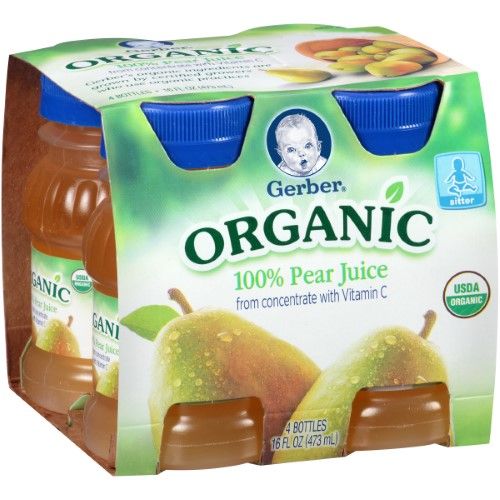 ) Store leftovers in the fridge and throw away any opened baby food jars or pouches within a day or two of opening them.
) Store leftovers in the fridge and throw away any opened baby food jars or pouches within a day or two of opening them.
If you decide to start with cereal, give your baby 1 to 2 teaspoons of diluted infant cereal. Add breast milk or formula to a tiny pinch of cereal. It will be very runny at first, but as your baby starts to eat more solid foods, you can gradually thicken the consistency by using less liquid.
Begin with one daily feeding in the morning whenever your baby isn't too tired, hungry, or cranky. Your baby may not eat much at first, but give them time to get used to the experience. Don't be surprised if your baby is confused or rejects solid food at first. Some babies need practice keeping food in their mouths and swallowing.
Eventually you can start giving your baby more solid food until they're having a few tablespoons a day, over two feedings. In general, your baby could start with pureed or semi-liquid food, then move on to strained or mashed food, and finally graduate to small pieces of finger foods.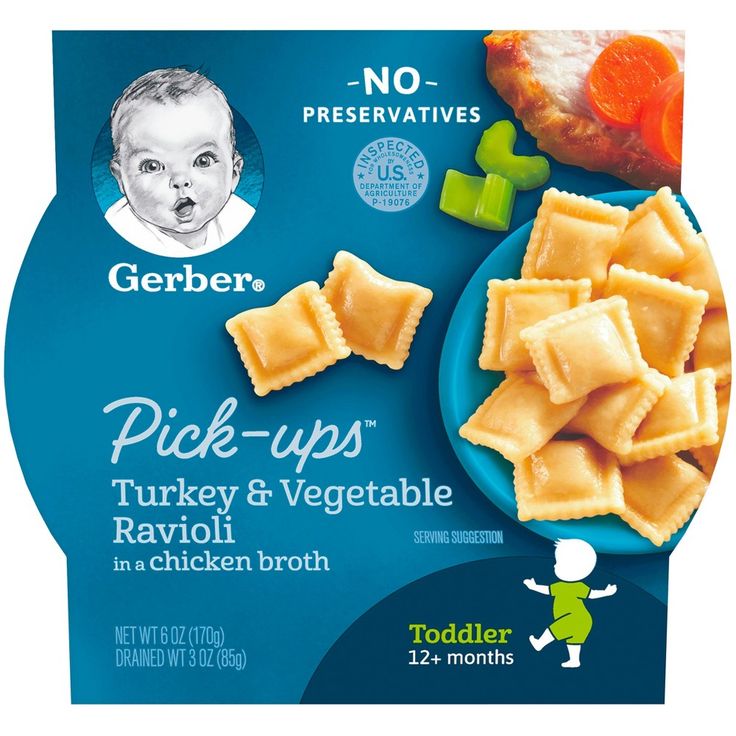
Signs that your baby is full
Your baby's appetite will vary from one feeding to the next, so a strict accounting of how much they've eaten isn't a reliable way to tell when they've had enough. Look for these signs that your baby's probably done:
- They lean back in their chair
- They turn their head away from food
- They start playing with the spoon
- They refuse to open up for the next bite (Sometimes a baby will keep their mouth closed because they haven't finished the first mouthful, so give them time to swallow.)
Food allergies and introducing solids
Experts recommend that you introduce one food at a time to your baby, and wait 3 to 5 days before introducing another food, so you can watch for any allergic reactions. It's also a good idea to write down the foods your baby samples. If they have an adverse reaction, a food log will make it easier to pinpoint the cause.
You don't have to hold off on giving allergenic foods such as eggs, peanut butter, or soy. There's no evidence that waiting to introduce certain foods will help your baby avoid allergies. In fact, there's evidence that the opposite is true.
There's no evidence that waiting to introduce certain foods will help your baby avoid allergies. In fact, there's evidence that the opposite is true.
According to the American Academy of Allergy Asthma and Immunology (AAAAI), incorporating commonly allergenic foods into your baby's diet starting at around 4 to 6 months (and continuing through childhood) may actually help prevent the development of food allergies.
Start with traditional first foods, such as iron-fortified infant cereal, pureed veggies, fruits, and meats. Once you've tried a few of these foods and your baby seems to be tolerating them well, you can introduce more commonly allergenic foods, such as soy, eggs, wheat, fish, and peanut products.
Food manufacturers have products on the market designed to help you incorporate commonly allergenic foods into your child's diet. These stir-in powders and finger foods may contain one commonly allergenic protein or a blend of several.
Special precautions need to be taken with certain babies.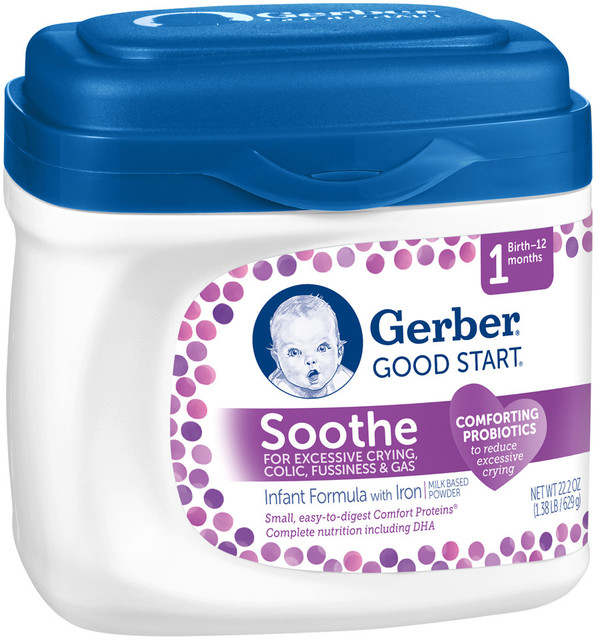 If your child falls into any of the following categories, consult with your baby's doctor or an allergist to create a customized feeding plan before adding solids to your baby's diet:
If your child falls into any of the following categories, consult with your baby's doctor or an allergist to create a customized feeding plan before adding solids to your baby's diet:
- Your baby has a sibling with a peanut allergy.
- Your baby has moderate to severe eczema despite following a doctor's treatment plan.
- Your baby previously had an immediate allergic reaction to a new food or has been diagnosed with a food allergy.
If your baby is allergic to a new food, you'll see signs of a reaction within a few minutes or hours. Most children with food allergies have mild reactions. If you notice a few hives, a new rash, or diarrhea, call your baby's doctor for advice.
If you notice wheezing, difficulty breathing, vomiting, facial swelling (including the tongue and lips), or more than two body systems affected (such as hives and vomiting), your baby may be having a life-threatening reaction called anaphylaxis. Call 911 or your local emergency number immediately.
Baby food feeding tips
- Offer fruits or vegetables in any order. Some parents may tell you to start with vegetables instead of fruits so your infant won't develop a taste for sweets. But babies are born with a preference for sweets, so you don't have to worry about introducing sweet or savory foods in any particular order.
- Feed cereal with a spoon only. Unless your baby's doctor asks you to, don't add cereal to a bottle – your baby could choke or end up gaining too much weight.
- Encourage adventurous eating. You don't have to stick with bland and boring. See how to make your own baby food and use spices and seasonings to create delicious baby food flavors.
- Give new foods time. If your baby turns away from a particular food, don't push. Try again in a few days.
- Check for added sugars and too much salt. Check the Nutrition Facts label on canned, frozen, or packaged foods for "Added Sugars.
 " If there's 1 gram or more listed, give your baby something else. Also look at sodium amounts. Babies shouldn't have no more than 1,200 mg of sodium per day.
" If there's 1 gram or more listed, give your baby something else. Also look at sodium amounts. Babies shouldn't have no more than 1,200 mg of sodium per day. - Avoid unsafe foods. Don't give your baby foods that could cause choking, such as whole grapes or popcorn. Babies under 1 can't have honey, cow's milk, or soy milk. Also, unpasteurized juices and undercooked fish, meat, eggs, or poultry could be a source of bacteria.
- Watch for constipation. Your baby's poop sometimes changes when their diet does. Although it's usually temporary, your baby may have constipation after you introduce solids. If you notice that your baby is having less frequent bowel movements, or that their stools have become hard or dry and seem difficult to pass, let their doctor know. Some doctors recommend adding high-fiber fruits such as pears, prunes, and peaches to a baby's diet, or giving a few ounces of prune, apple, or pear juice every day until bowel movements are back to normal.

Also, don't be surprised if your baby's poop changes color and odor when you add solids to their diet. If your baby has been exclusively breastfed up to this point, you'll probably notice a strong odor to their formerly mild-smelling stools as soon as they start eating even tiny amounts of solids. This is normal.
If your baby shies away from new foods, here are a few things you can try:
- Test a range of textures. If your baby doesn't like pear puree, try giving them pieces of very ripe pear instead.
- In a similar vein, try different cooking methods. If your baby doesn't like steamed veggies, try giving them roasted vegetables.
- Serve food at different temperatures. Some babies prefer broccoli cold rather than warm, for example.
- Combine the new food with a familiar favorite. If your baby rejects a new food on its own, mix it in with something you know they like.
- Add a dipping sauce! Try shredded chicken with applesauce, yogurt with baked apple slices, or hummus with well-cooked pieces of carrot.
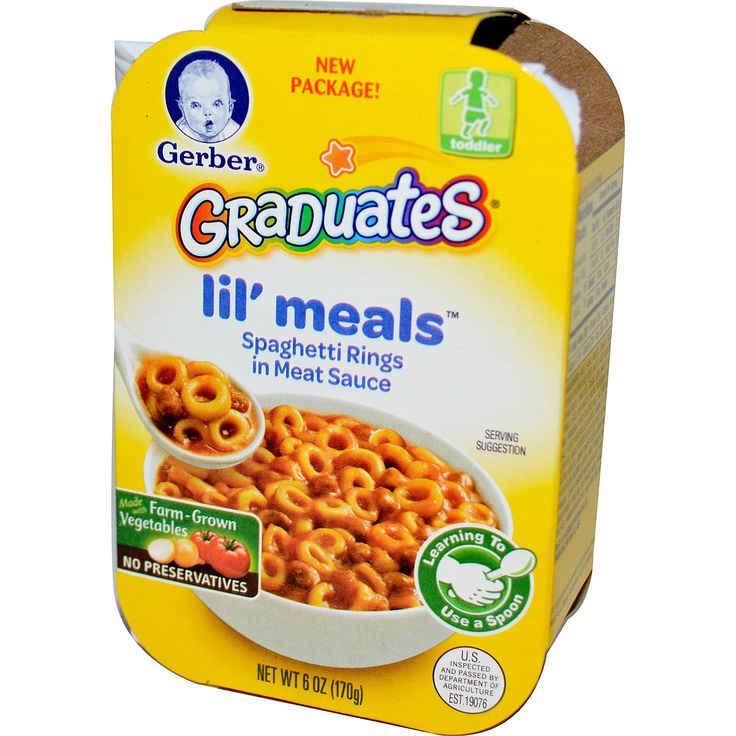
- Above all, be patient. Sometimes it takes a while for a baby to get used to new flavors and textures, so keep trying and eventually they'll accept the new food.
How many times a day should my baby eat solids?
At first your baby will eat solid food just once a day. By around 6 to 7 months, two meals a day is the norm. Starting around 8 to 9 months, they may be eating solid food three times a day plus a snack. A typical day's diet at 8 months might include a combination of:
- Breast milk or iron-fortified formula
- Iron-fortified cereal
- Vegetables
- Fruit
- Small amounts of protein, such as eggs, cheese, yogurt, poultry, lentils, tofu, and meat
- High-allergy foods, if appropriate
See our age-by-age baby feeding guide for more detail on how much to feed your baby and when.
How much breast milk or formula does my baby need after we introduce solids?
Even after your baby starts solids, breast milk or formula will provide the majority of their calories and nutrition until they're 9 months to 1 year old. Breast milk and formula contain important vitamins, iron, and protein in a form that's easy to digest.
Breast milk and formula contain important vitamins, iron, and protein in a form that's easy to digest.
You may notice that as your baby starts to eat more solid foods (around 9 months old), they'll gradually decrease their intake of formula or breast milk. This is normal. Over time, your baby will take fewer bottles with more ounces in each.
Here's how much breast milk or formula babies need after starting solids:
- 4 to 6 months old: 4 to 6 feedings a day (breastfeeding, or bottles with 4 to 6 ounces)
- 6 to 8 months old: 3 to 5 feedings a day (breastfeeding, or bottles with 6 to 8 ounces)
- 8 to 12 months old: 3 to 4 feedings a day (breastfeeding, or bottles with 7 to 8 ounces)
What equipment do I need to introduce solids?
It's helpful to have:
- A highchair
- Baby bowls and plates
- Baby spoons
- Bibs
- A splat mat on the floor
You may also want to introduce your baby to a sippy cup soon after you start solids.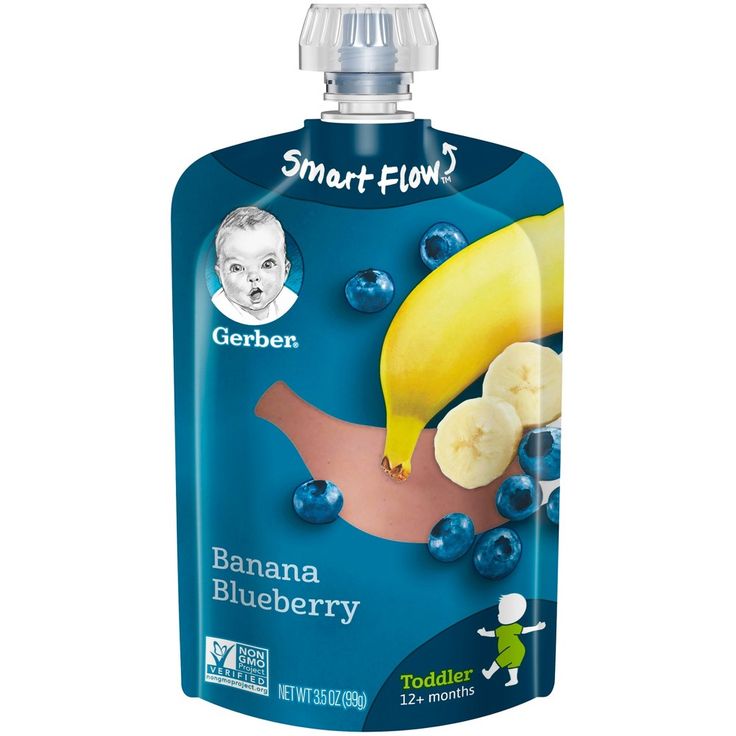
If you're making your own baby food, you'll need:
- A tool to puree the food, like a blender, food processor, or baby food maker
Storage containers for refrigerating and freezing extra portions (Some parents use ice cube trays – or similar devices made just for baby food – to store and freeze individual portions.)
Foods to avoid feeding your baby
Foods to avoid giving your baby include honey, cow's milk, soy milk, fruit juice, sugar-sweetened beverages, unpasteurized foods, and foods with added sugars or too much sodium. Choking hazards are a serious concern, so don't offer large chunks, raw vegetables, nuts and seeds, hard or crunchy foods, sticky foods, or dollops of nut butters. If allergies run in your family or your baby has eczema, check with the doctor about introducing allergenic foods such as egfgs, peanuts, tree nuts, wheat, soy, fish, and shellfish.
As your baby grows, they'll be eager to sample food from your plate – and you'll be eager to introduce some variety. But not all foods are safe for your child.
But not all foods are safe for your child.
Foods to avoid: Birth to 6 months
All food and beverages except breast milk or formula: The American Academy of Pediatrics (AAP) recommends feeding your baby only breast milk or formula for about the first 6 months.
Foods to avoid: 6 to 12 months
Honey: Honey can harbor spores of Clostridium botulinum, which causes botulism. An adult's intestinal tract can prevent the growth of these spores, but in a baby the spores can grow and produce life-threatening toxins.
Cow's milk and soy milk: Stick with breast milk or formula until your child's first birthday. Why? Your baby can't digest the proteins in cow's milk and soy milk during the first year, and these beverages contain minerals in amounts that can damage your baby's kidneys.
Fruit juice and sugar-sweetened beverages: Juice (even 100 percent fruit juice) and sugar-sweetened beverages such as soda and sports drinks aren't recommended for children under 12 months.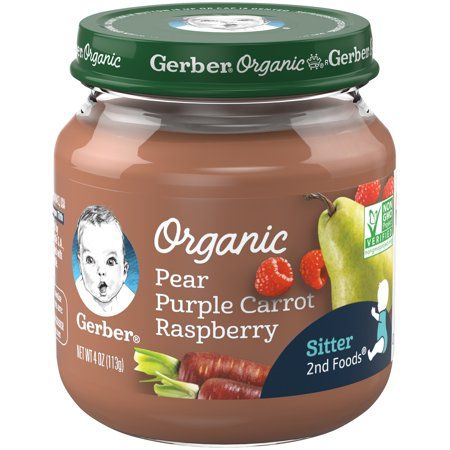 When babies fill up on these drinks, they miss out on getting the nutrients they need. And though fruit juice seems healthy, it has far more calories and sugar than fresh fruit and can contribute to weight gain and tooth decay. The AAP recommends no fruit juice for babies, and just 4 ounces per day maximum for toddlers ages 1 to 3.
When babies fill up on these drinks, they miss out on getting the nutrients they need. And though fruit juice seems healthy, it has far more calories and sugar than fresh fruit and can contribute to weight gain and tooth decay. The AAP recommends no fruit juice for babies, and just 4 ounces per day maximum for toddlers ages 1 to 3.
Unpasteurized foods: Don't give babies and children unpasteurized juice or cider or unpasteurized (raw) dairy products. These may contain harmful bacteria and parasites that can lead to serious illness or death.
Added sugars: Avoid added sugar in the diets of children under age 2, the U.S. Department of Agriculture and U.S. Department of Health and Human Services advise. These are sugars and syrups that are added to foods or beverages when they are processed or prepared. This doesn't include sugars found in milk and fruits. Too much added sugar in children's diets has been linked to obesity and increased risk for future health problems such as diabetes and heart disease. Check the Nutrition Facts label on packaged foods, and avoid those that list 1 g or more of "Added Sugars."
Too much sodium: Sodium is an essential nutrient primarily consumed as salt. However, too much can be harmful. Children this age don't need more than 1,200 mg of sodium per day, according to the USDA and DHHS. Check the Nutrition Facts label when buying canned, frozen, and packaged foods.
Large chunks: A chunk of food can get stuck in your baby's throat. The AAP recommends that you cut food into pieces no larger than 1/2 inch. For example, cut up fruits such as grapes, cherry tomatoes, and strawberries, and shred or finely chop meats, vegetables, and cheeses.
Advertisement | page continues below
Raw vegetables: Soft-cook vegetables such as carrots, celery, and broccoli, and dice, shred, or cut them into pieces no larger than 1/2 inch before serving.
Nuts and seeds: Remove seeds and pits from fresh fruit such as watermelon, peaches, plums, and cherries before serving.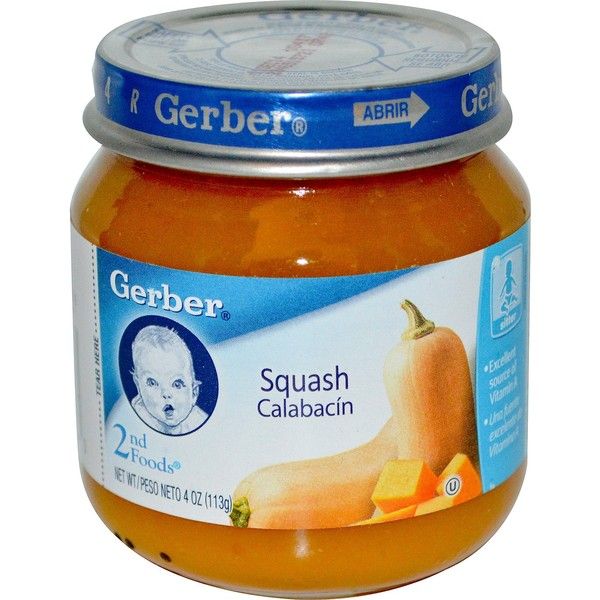 And don't feed your baby nuts or seeds, such as sunflower or pumpkin seeds. Seeds may be too small to choke on but can get stuck in a child's airway and cause an infection.
And don't feed your baby nuts or seeds, such as sunflower or pumpkin seeds. Seeds may be too small to choke on but can get stuck in a child's airway and cause an infection.
Hard or crunchy foods: Nuts, popcorn, and pretzels are all choking hazards, as are all hard candies and cough drops.
Sticky foods: Chewing gum and sticky foods – such as jelly or gummy candies, dried fruit, and marshmallows – can get lodged in your baby's throat. Stringy, melted cheese can also be a choking hazard.
Nut butter: The sticky consistency of peanut butter and other nut butters can make it hard for your baby to swallow it. Spread nut butter thinly on bread or crackers. Or thin it with water or applesauce.
Learn more about preventing choking in young children.
Find out about choosing safe finger foods and which foods can be unsafe for toddlers and children up to age 5.
The latest on children and food allergies
Doctors used to recommend waiting until age 1 or even later to introduce solid foods that are common allergens, especially with children at risk for allergies.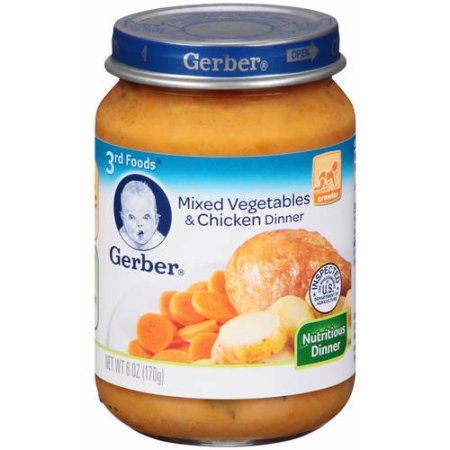 But the AAP has changed its tune, because studies show that these delays don't help prevent allergies and may even increase the risk of them.
But the AAP has changed its tune, because studies show that these delays don't help prevent allergies and may even increase the risk of them.
You may be told to introduce foods one at a time, waiting three to five days after each new food to watch for any allergic reaction. Or your doctor may say it's fine to start multiple new foods at once. If you believe your baby is likely to have food allergies – for example, if allergies run in your family or your baby has eczema – check with their doctor to determine the best strategy for introducing allergenic foods, which include eggs, milk, peanuts, wheat, soy, tree nuts, fish, and shellfish.
Read more about food allergies in children.
Gerber baby cauliflower puree - rating 4.01 according to expert reviews ☑ Composition and manufacturer's expertise
In our evaluation of products, we use only expert reviews, which are based on laboratory tests. We do not collect user reviews as they are easy to manipulate. However, you can leave feedback about our study.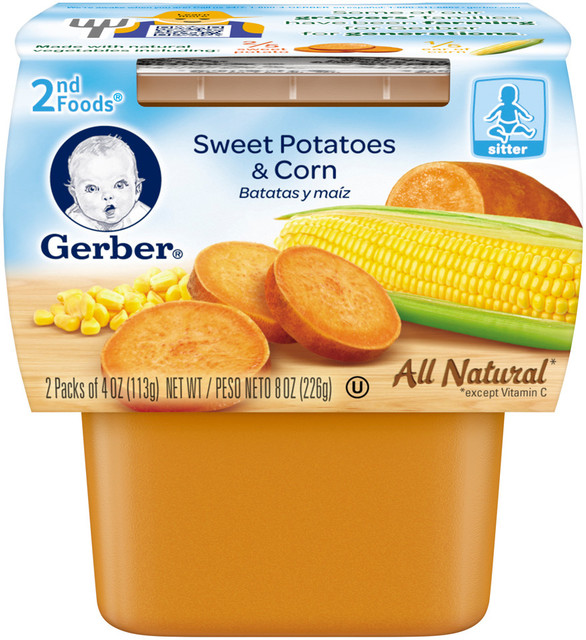
Canned vegetable puree, cauliflower, for feeding children from 4 months, under the brand name Gerber, produced by Nestle Polska S.A. for Nestle Russia LLC in Poland. The sample was purchased at the Detsky Mir store at the address: Moscow, Volzhsky Boulevard, quarter 113 a, bldg. 1, floor 2.
Microbiological indicators meet the established requirements. The content of the puree did not exceed the mandatory requirements for the content of radionuclides, heavy metals, as well as patulin, a substance formed as a result of the development of mold fungi. No pesticides were found. Recall that the absence of pesticides is an indirect proof that the product is produced using organic production technologies.
No preservatives (including sorbic and benzoic acids). nine0005 Puree contains no impurities: mineral (for example, sand), vegetable origin (twigs, blades of grass, etc.), as well as any other foreign elements.
Puree contains no sweeteners and sweeteners (acesulfame, aspartame, saccharin and sodium cyclamate).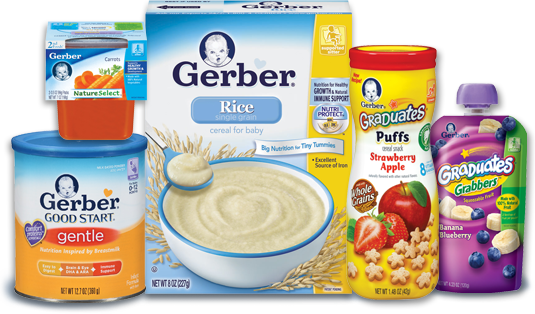 The product contains only natural sugars. In addition, it has a minimum salt content.
The product contains only natural sugars. In addition, it has a minimum salt content.
The fat content is as advertised, but the protein content is lower than stated on the packaging.
Titratable acidity and pH of vegetable puree are normal, which means that its use will not disturb the child's digestion process. The content of sodium and potassium corresponds to the advanced standard of Roskachestvo. Puree also contains dietary fiber and B vitamins. However, the content of some vitamins is lower compared to the product of some other brands. nine0005 The product is a homogeneous puree-like finely ground mass. When laying the puree on a flat surface, a hilly mass is formed. The color is beige, uniform throughout the mass, characteristic of cauliflower puree that has undergone heat treatment. The taste and smell are natural, well expressed, characteristic of this type of product, without foreign taste and smell.
The actual net weight corresponds to that stated in the marking.
Sealed packaging. It is made of glass, the decomposition period of which is more than 1000 years. Roskachestvo experts recommend handing over packaging for recycling. nine0005
- Study document
- Study document nine0017 Study Document
4 to 6 months
Breast milk is the best food for your baby.
It is very important that the baby consumes breast milk for as long as possible.
The right age to start complementary foods
It is recommended to start introducing complementary foods into the baby's diet no earlier than 4 months, but no later than 6 months*. At this age, the baby is in the active phase of development and reacts with curiosity to everything new! Some babies at 4 to 5 months of age can no longer satisfy their appetite with breast milk alone and need complementary foods for healthy growth. Other children have enough breast milk, and they are ready for the introduction of complementary foods only after 6 months. The decision to start complementary foods should always be made according to your baby's development. Do you feel like your baby is not getting enough breast milk? Does your baby hold his head on his own, show interest in new foods or a spoon? Then it's time to start feeding. If in doubt, consult your pediatrician. nine0003
At this age, the baby is in the active phase of development and reacts with curiosity to everything new! Some babies at 4 to 5 months of age can no longer satisfy their appetite with breast milk alone and need complementary foods for healthy growth. Other children have enough breast milk, and they are ready for the introduction of complementary foods only after 6 months. The decision to start complementary foods should always be made according to your baby's development. Do you feel like your baby is not getting enough breast milk? Does your baby hold his head on his own, show interest in new foods or a spoon? Then it's time to start feeding. If in doubt, consult your pediatrician. nine0003
If your baby spits out the first spoonfuls of puree, be patient. After all, he must first learn to swallow it. Start with a few scoops and give your child time to get used to the new form of feeding.
*Recommendation of the Committee on Nutrition of the European Society of Pediatric Gastroenterology, Hepatology and Nutrition (ESPGHAN)
Why is complementary food so important for the baby?
After 4-6 months of life, mother's milk or milk formula alone is not enough to supply the child's body with all the nutrients and necessary energy. In addition, the transition to solid food trains the muscles of the mouth. And finally, with the introduction of complementary foods, the child will get acquainted with the variety of taste directions, which is also important for his development. nine0003
In addition, the transition to solid food trains the muscles of the mouth. And finally, with the introduction of complementary foods, the child will get acquainted with the variety of taste directions, which is also important for his development. nine0003
When to start complementary foods?
Gradually replace one breastfeed with complementary foods. First for lunch, then for dinner and finally for lunch. The mouse eats breakfast with the usual dairy food.
Starting complementary foods with HiPP products is easy. The first spoonfuls will be vegetable or fruit purees HiPP:
First step: lunch
We recommend that you start complementary foods at lunchtime with HiPP vegetable puree (for example, "Zucchini. My first puree", "Cauliflower. My first puree" or "Broccoli .My first puree"). Then, for satiety, feed your baby as always: breast or bottle. The amount of vegetable puree can be increased daily by 1 spoon. Be patient if your baby does not immediately love vegetables. Try repeating the vegetable puree in the following days. Next week, you can expand your diet with other varieties of HiPP vegetables (for example, "Carrots. My first puree" or "Potatoes. My first puree"). nine0003
Try repeating the vegetable puree in the following days. Next week, you can expand your diet with other varieties of HiPP vegetables (for example, "Carrots. My first puree" or "Potatoes. My first puree"). nine0003
If your baby tolerates vegetables well, in the third week you can introduce grain porridge into the diet, and as a dessert, offer a few spoons of fruit puree enriched with vitamin C. Vitamin C helps to better absorb iron in the body.
Once your baby starts eating a whole serving of mashed potatoes for lunch, you can eliminate breast milk or formula during that meal.
Tip: Reheat as much puree as needed for feeding. Store leftover puree in a sealed jar in the refrigerator. Use the contents of the opened jar within a day. nine0003
Important! If you are using a microwave oven, please remove the lid before reheating the puree. Stir after heating. To prevent damage to the jar, please use only a plastic spoon. Always check food temperature before feeding.